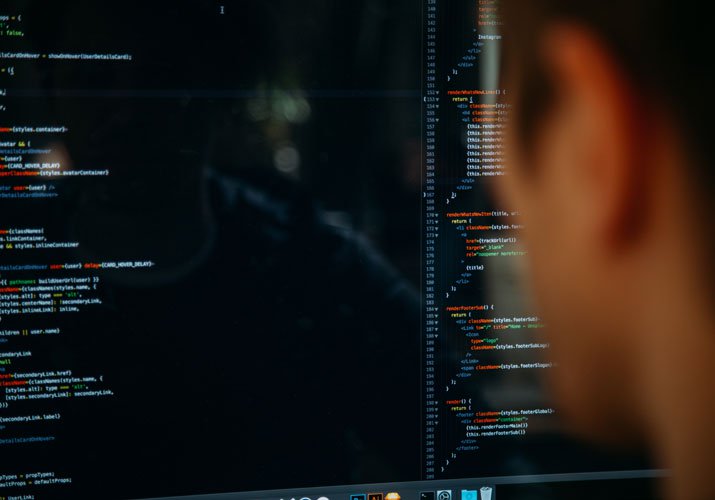The field of commercial robotics is experiencing a gentle, yet rapid evolution as smart machines are increasingly deployed alongside workers in public places. Gone are the days of robots (typically robotic arms) operating behind closed doors in manufacturing facilities. With robots starting to work alongside us in everyday environments, we are witnessing a slew of different reactions. Children who have grown up around robotic vacuums view them as part of the ordinary landscape of their lives. Those same children can expect that AI and robotic automation will be integrated into nearly every aspect of their lives by 2025, according to Pew Internet Research. Companies are starting to see robots as an increasingly integral part of their operations. And workers are perceiving them as helpful tools as well as potential job killers. How should we, as a society, be viewing and assessing these new technologies?
First, a telling anecdote. Out of 270 jobs classified by the US Census Bureau since 1950, the only job that has been eliminated is the elevator operator. Over that same period, the portion of the U.S. workforce employed in agriculture declined from 16% to less than 2%, yet the overall labor force participation rate increased from 59% to 62%: fewer people working on farms, but more people working overall. As technology progressed, many jobs were redefined and partially automated, but in other cases technology led to new job creation. Work may have shifted - but it certainly didn’t disappear.
It is fair to say that introducing new robots into the workforce is changing some traditional employment roles and industries. The good news is that jobs across the AI and robotics ecosystem will increase, according to the World Economic Forum (WEF), with 85% of the companies analyzed intending to invest in AI. WEF estimates that this investment will create 133 million new jobs by 2022, while displacing 75 million jobs… a substantial net gain. Such forecasts highlight the benefits of AI for the workforce as a whole, but they also expose a need to retrain workers for the jobs of the future.
Walmart recently announced a substantial robotics deployment across its North American stores to increase efficiencies and improve store operations. At the same time, it is also focusing on improving employee opportunities related to automation. The company recently detailed retraining and jobs “upskilling” efforts in their recent Walmart’s 2019 Environmental, Social & Governance Report. Per the report, these initiatives have resulted in Walmart providing new job opportunities to 35,000 people in roles that didn’t exist two years ago.
Furthermore, the labor force is changing with demographic shifts: we’re getting older and having fewer children. According to the US National Bureau of Economic Research, many businesses are having a hard time filling open positions due to this newly constrained labor force. Robots complement these constrained work forces by improving efficiency.
According to the US Department of Labor, Bureau of Labor Statistics, the US labor force has become increasingly educated: since 1992, the percentage of people in the labor force with a college education has been increasing. Roles have changed. Many roles can be supplemented by robotics, and those employees who work alongside these new machines will acquire new skills related to the operation, support, and management of robotics fleets.
In some instances, the rise of robots actually helps retain jobs in the United States’ industrial sectors. A recent study in Forbes proved that when robot density in the US went up, unemployment went down. Automation enables manufacturing companies to on-shore jobs and keep them local. Technology will help us support this twentieth century promise of American manufacturing innovation and grit. A recent ABI Research report found “little evidence that robotic deployment will have a significant impact on jobs, positive or negative, that won’t be mitigated by external forces like inflation, GDP growth, investment, tariffs, or shocks to the global economy.” Due to increased international competition, robotic deployment is actually more essential than ever to remain competitive. As evidence, the adoption of robots in Europe has led to annual growth in hourly worker productivity, an economic boost which has helped the bottom line of companies in that region and contributed to their competitiveness.
Some rhetoric around robots would have you believe that whole industries will be fully “roboticized” tomorrow, displacing millions of workers. That couldn’t be further from the truth. Looking at what history has taught us about automation, the innovative ways employers are retraining, and the benefits experienced by economies that are leading these trends, workers and the overall economy stand to make dramatic gains. Robots are part of the human ecosystem… not the other way around. Viewing them as an important tool and supplement to the current workforce, while keeping the needs and skill sets of everyday workers top of mind, will ensure success for both workers and the companies that employ them.


Let Us Know What You Thought about this Post.
Put your Comment Below.